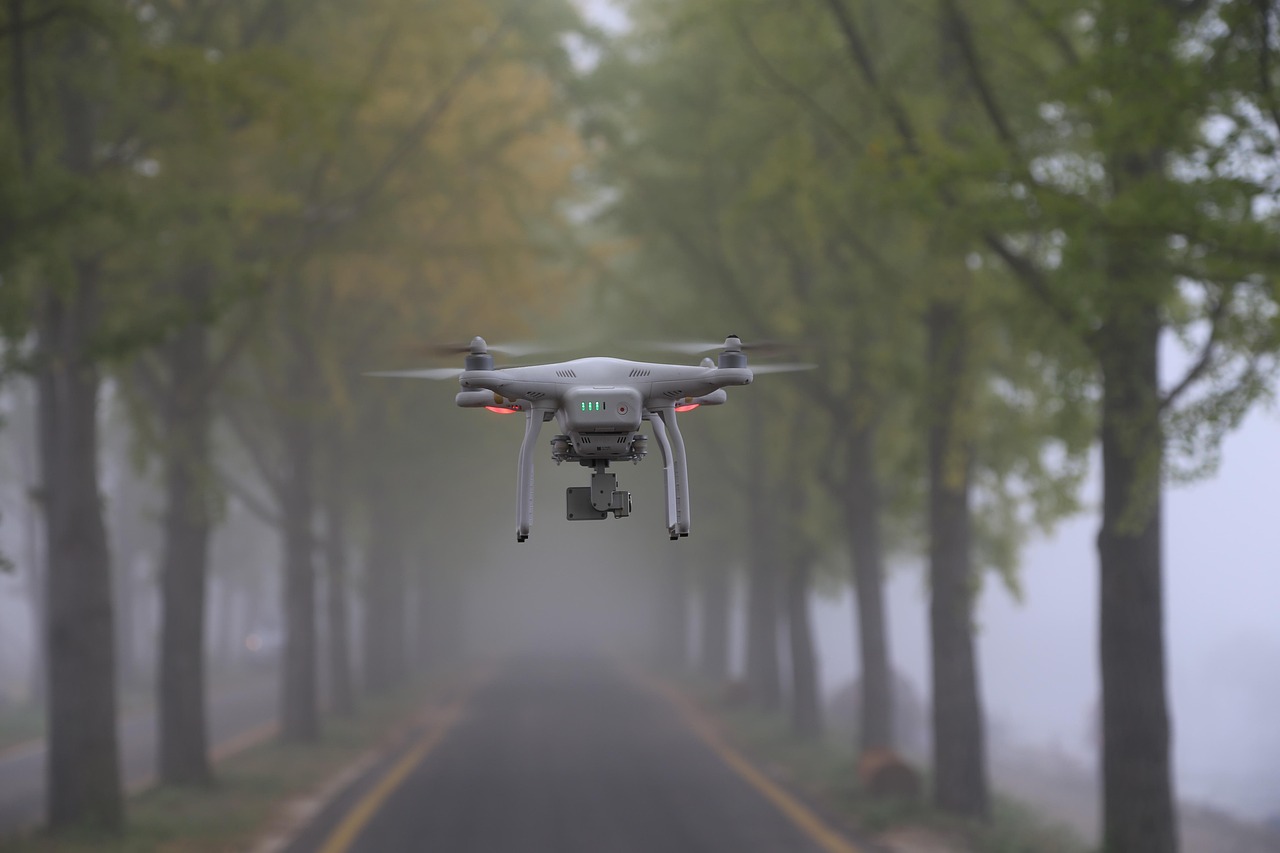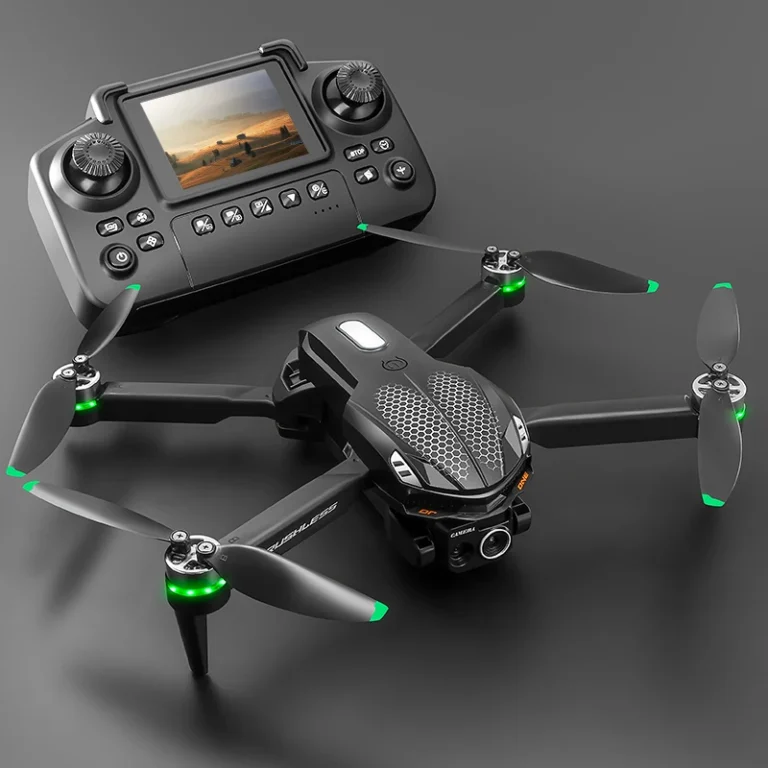Table of Contents
Toggle
So, you are ready to see the world from a new angle. A remote control drone with camera can do that. It lets you capture trips, family days, and your city from the sky. It is fun, useful, and easy to learn.
Still, the choices can feel daunting when you have a mountain of options. Specs like 4K, GPS, and FPV pop up everywhere. What do they mean, and which one should you buy? We keep it simple. Our team flies, tests, and compares every model here. If you want sharp video, pick a 4k resolution drone. If you are new, try a starter drone with camera.
Use our filters to sort by price, range, and flight time. Check photos, key specs, and what is in the box. Then add your pick to cart with confidence. We ship fast, support you, and make returns easy.
Ready to fly?
Let us find your best fit today
Why Choose a Remote Control Drone with Camera?
So, what can you actually do with a drone? More than you might think. It’s a tool for creativity, a fun gadget, and a new way to see your world.
Here are the top reasons people choose to buy one.
Capture unique aerial footage
A camera drone lets you tell better stories. You can show your trips, homes, and events from the sky. Think travel vlogs, real estate walk-throughs, beach days, and family picnics. From above, everything looks fresh and clean. If you want sharp detail, pick a 4k resolution drone with a 3-axis gimbal. It keeps video steady when the wind moves. You can also try smart modes like follow and orbit to frame shots without fuss. Want simple photos? Tap to shoot in the app and save straight to your phone. For more control, shoot RAW and edit later. Either way, you get angles a normal camera cannot reach.
Fun and learning
Flying is fun. You learn fast, and every flight teaches you more. Start with a starter drone with camera and use beginner modes. Practice low and close in an open field. Learn how light, angles, and speed change your shots. Try the drone camera app to adjust exposure and frame your scene. Add a spare drone camera battery so you can keep flying. As your skills grow, move up to longer range, better sensors, and more features.
What to consider when buying a camera drone (buyer’s guide)
Choosing a drone can feel like a lot. Let’s make it simple. Focus on the few things that matter most, and you will pick the right one fast.
Camera quality and stabilization
If you want sharp video and clean photos, go for a 4k resolution drone. A drone camera 4k keeps detail when you crop or edit later. For smooth footage, a 3-axis gimbal beats electronic stabilization. If you mainly shoot reels or family clips, good 1080p is fine too. Check sample clips on each page to see color, low-light, and how steady it looks for drone camera for photography.
Battery life and backups
More flight time means more fun and fewer breaks. Aim for 25–40 minutes per pack. Grab a spare drone camera battery or two for longer days. If you travel, look for safe drone camera battery backup options and check airline rules.
Range and signal
A steady video feed is key. Look at the drone camera distance range and the video system it uses. Radio-controlled drones with cameras tend to keep a stronger link than phone-only toys, especially in busy city areas. If you fly far, pick models with GPS return and strong anti-interference.
Controls: remote vs phone
A physical controller gives better stick control and smoother moves. Phone-only control is fine for quick clips. Many drones do both. Check if there is a good drone camera app, and if it works well on your phone, like a drone camera app for iPhone. Make sure the drone camera connect app is simple and stable.
GPS and safety features
GPS hold, Return-to-Home, and obstacle sensing save stress. Want hands-free tracking? Pick a model with drone camera follow or drone camera that follows you (often called drone camera auto follow). New pilots should start with a starter drone with camera that has beginner modes and prop guards.
Portability and weight
If you hike or travel, smaller is better. Foldable designs fit in a drone camera backpack. Drones under 250 g are easier to carry and may have simpler rules in some regions. If you need long range and wind resistance, a drone camera big size airframe can help, but it is less portable.
Price and value
Set a budget, then compare drone camera price against the features you need. “Cheap” can work for beginners, but not all drone camera cheap models are equal. Look at total value: camera, range, batteries, and support. If you want the most for the money, compare drone camera 4k 1080p price bundles and look for seasonal drone cameras for sale. If you only need one for a project, drone camera rental can make sense.
Drone types and skill levels
Not all drones are created equal. They generally fall into a few categories based on who they’re for and what they do. Choosing the right type is the easiest way to make sure you get a drone you’ll be happy with. Here’s a quick breakdown.
Toy drones
These are budget-friendly, fun drones that are perfect for kids or absolute beginners just wanting to try flying. They’re typically smaller, great for learning the controls indoors, and give you a feel for the hobby without a big investment. Their cameras are very basic, so think of these as trainers, not photography tools.
Hobby Drones
This is the sweet spot and the most popular category. These drones offer the best balance of performance and price. You get good build quality, much better cameras (often a 4k resolution drone), and helpful features like GPS for stable flight. If you want great-looking video and a reliable drone that’s fun to fly, this is the category for you.
Professional Drones
These are built for serious photographers, videographers, and commercial pilots. They feature top-of-the-line cameras, incredible stabilization, and the best flight times and range. A professional drone camera is an investment, but it delivers cinema-quality results for those who need the absolute best.
Racing & FPV Drones
This is a totally different world. Racing drones are built for speed and agility, not for capturing beautiful, steady shots. The drone camera FPV (First-Person View) system sends a live video feed to goggles so you can fly from the drone’s perspective. It’s an incredibly fun hobby, but if your goal is photography or videography, you’ll want to stick to the other types.
Our Top 5 Recommended Drones
We’ve spent a lot of time with these machines, flying them in different conditions to see what they’re really made of. Below are the five drones that truly stood out. I’ll give you my honest, hands-on take for each one.
-
DJI Mini 3 Pro – Best All-Around Portable Drone
What really sold me on the Mini 3 Pro is its dual personality.
It’s so small and easy to fly that a complete beginner can get amazing results, yet it has features that I, as an experienced pilot, absolutely love.
I was recently at a family gathering and used the “MasterShots” feature; it automatically performed a bunch of complex flight paths and delivered a short, cinematic video that made me look like a pro filmmaker.
It’s brilliant. The vertical camera mode is also a genius touch for anyone making social media content.
The one thing that might make you hesitate is the price tag. It’s an investment, for sure, but you can really feel where that extra money went in the build quality, stability, and intelligent features.
Key Features:
- Crystal Clear 4K HDR Camera
- 3-Axis Gimbal for Smooth Video
- Approx. 34-Minute Flight Time
- Front, Back, and Downward Obstacle Sensors
- Weighs Less Than 249g
✔ Pros
- Stunning 4K HDR video quality
- Folds up small and is super light
- Smart features make flying easy
- Excellent obstacle avoidance for safety
✖ Cons
- It’s a pricier drone, but you feel the quality
- So many features, it takes a moment to learn them all
-
Holy Stone HS720 – Best Budget Drone for Beginners
I remember unboxing the HS720 and thinking the controller felt surprisingly solid and comfortable for a drone at this price.
This is the perfect first drone to get you hooked on the hobby. The most important feature here is the GPS lock.
In the air, you can just let go of the sticks, and it will hover perfectly in place, giving you time to breathe and think about your next move.
It’s a massive confidence booster. It’s also built tough. I’ve seen it take a few tumbles into the grass and come out without a scratch.
Now, let’s be real about the camera. It says 4K, but without a stabilizing gimbal, it’s not the buttery-smooth footage you get from pricier drones.
Think of it as a great tool for learning how to frame your shots, not for winning a film award.
Key Features:
- 4K Camera with Shock Absorption
- Approx. 26-Minute Flight Time
- GPS Return-to-Home & Follow Me
- Foldable Design with Carrying Case
- Priced Under $300
✔ Pros
- Amazing value for the price
- GPS makes it stable and safe for beginners
- Tough build quality that forgives mistakes
- Comes with a nice carrying case
✖ Cons
- No gimbal, so video can get shaky in wind
- Camera isn’t great in low light
- Lacks the obstacle avoidance of more expensive models
-
Autel Robotics EVO Lite+ – Best for High-Quality Photography
For a long time, it felt like there was only one name in the game for high-quality consumer drones. The EVO Lite+ is proof that’s no longer true.
I have to give them credit: the image quality from its huge 1-inch sensor is just phenomenal, especially as the sun goes down.
The ability to manually change camera settings mid-flight is a huge plus for photographers. The battery life is another massive advantage.
Feeling like you have all the time in the world to get your shot without rushing is a luxury that lets you be more creative.
The trade-off for all that power, though, is its size. This isn’t a drone you can just slip into a pocket; you have to plan to bring it with you in its dedicated case.
Key Features:
- Massive 1-Inch Sensor with 6K Ultra HD Camera
- Adjustable Aperture for Different Lighting
- Industry-Leading 40-Minute Flight Time
- Advanced 3-Way Obstacle Avoidance
✔ Pros
- Phenomenal 6K video and photo quality
- Amazing 40-minute flight time
- Advanced and reliable obstacle avoidance
- Excellent for low-light and night shots
✖ Cons
- It comes with a premium price tag
- Heavier and bulkier to carry around
- The app is good, but not as polished as some rivals
-
Potensic D80 – A Great Mid-Range Value Pick
This drone is all about the pure fun of flying. Forget pro photography for a second; the D80 is surprisingly fast and agile thanks to its powerful brushless motors.
It’s a blast to just open it up in a big field and practice your piloting skills. It represents that perfect next step after you’ve mastered a basic toy drone and want something with more guts and stability without a hefty price tag.
The GPS-assisted flight gives you a nice safety net while you’re learning to handle the extra speed.
If I have to be picky, it’s the flight time. At around 20 minutes, you’ll definitely want to buy a few spare batteries because your time in the air will feel over just as you’re getting into the groove.
Key Features:
- 1080p HD Camera
- Approx. 20-Minute Flight Time
- 1,000-Meter Control Range
- Powerful Brushless Motors for Stable Flight
- GPS-Assisted Hover and Return Home
✔ Pros
- Great performance for the price
- Powerful motors handle light wind well
- GPS adds safety and stability
✖ Cons
- Camera is fixed (no gimbal), which can cause shakiness
- 1080p video is good, but not 4K quality
- The brand is less known than DJI or Autel
-
Parrot Anafi – Most Unique Drone for Travelers
The Anafi is the clever, stealthy drone. It’s not trying to be the best at everything, but it is the best at a few really cool things.
I took it to a popular park, and my favorite part was how quiet it was. It barely made any noise and didn’t draw a crowd, which was a huge relief.
Then there’s the camera’s signature trick: the ability to look straight up. This, combined with a ‘Dolly Zoom’ effect in the app, lets you create these really unique, artistic shots that make your travel videos stand out from the pack.
The main thing to keep in mind is that it has no obstacle avoidance. This drone trusts you to be the pilot, so you need to fly with more awareness. It’s a fair trade for its compact size and unique skills.
Key Features:
- 4K HDR Camera with Lossless Zoom
- Unique 180° Tilt Gimbal
- Approx. 25-Minute Flight Time
- Ultra-Light and Compact Foldable Frame
- Very Quiet Operation
✔ Pros
- Unique 180-degree tilt gimbal for creative shots
- Ultra-portable and lightweight design
- Good 4K HDR camera
- Very quiet during flight
✖ Cons
- Lacks any obstacle avoidance sensors
- Some smart features require an extra in-app purchase
Frequently Asked Questions (FAQs)
1. Do I need to register my drone or get a license?
Usually, it depends on weight and where you live. Many places require registration if the drone is 250 g or more. Under 250 g (like some mini models) often has simpler rules. For paid work, you may need a certificate. Always check local laws before you fly.
2. What Camera Resolution Should I choose?
1080p is fine for casual clips. If you want sharp detail and room to crop, go drone camera 4k. It future-proofs your footage and looks cleaner for drone camera for photography.
3. How Far and how high can i fly?
Most consumer models fly 500 m to 2 km in open areas. Pro models can go farther, but you still must keep line of sight. Many regions cap height around 120 m (400 ft). Always follow your local limits.
4. Are Camera drones okay for kids or total beginners?
Yes, start simple. Pick a starter drone with camera with GPS hold, beginner mode, and prop guards. Fly in an open field, low and slow, and supervise kids.
5. Toy vs hobby vs professional; what’s the difference?
- Toy: cheap, basic camera, best for learning sticks.
- Hobby: better build, 1080p or 4k resolution drone, GPS and smart modes—great balance for most people.
- Professional: long flight time, gimbal 4K/6K, strong range—best quality and higher price.
6. Can I fly indoors or at night?
- Indoors: use small drones with prop guards. GPS won’t help indoors, so expect drift.
- At night: make sure lights are on and rules allow it. Fly slowly. Bigger sensors handle low light better.
7. Can I carry a drone on a flight?
Yes, in most cases. Keep the drone in your carry-on. Lithium batteries also go in carry-on, with terminals protected. Check your airline’s rules first (drone camera allowed in flight varies).
8. Which drone is best for beginners?
Look for a light, foldable model with GPS, return-to-home, and a clear drone camera app. The idea is stable hover, simple controls, and easy video sharing to your phone.
9. How much should a beginner spend?
A fair starting budget is $250–$500. You’ll get steady flight, 1080p or 4K video, and fewer headaches than very cheap options. Add one spare drone camera battery.
10. What is auto follow and do I need it?
Auto follow (aka drone camera that follows you) tracks a subject for hands-free shots. It’s great for running, cycling, or travel vlogs. If you film yourself often, it’s worth it.
11. What are the main do’s and don’ts of flying?
Flying a drone is a ton of fun, but being a responsible pilot is key. Here are some simple rules to always keep in mind:
✔ Do’s
- Always keep your drone in your line of sight.
- Fly in open areas, away from people and cars.
- Know your local drone laws before you fly.
- Do a quick pre-flight check every time.
- Respect the privacy of others.
✖ Don’ts
- Never fly near airports (stay at least 5 miles away).
- Don’t fly over big crowds, stadiums, or public events.
- Don’t fly higher than 400 feet (about 120 meters).
- Never fly under the influence of drugs or alcohol.
- Don’t fly in bad weather like high winds or rain.
Find Your Perfect Drone
Popular Posts
Product Categories
Stay Updated
Follow Us



